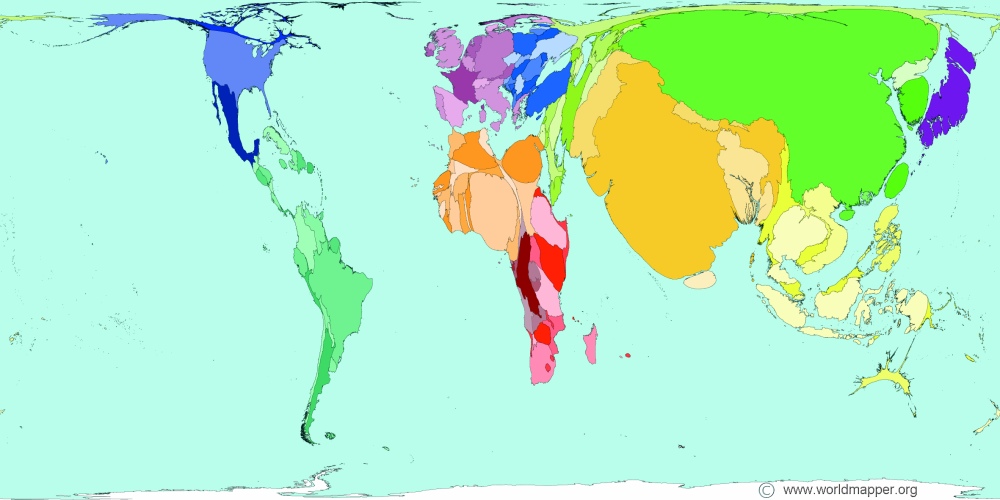This short (3 minute) video is a promotional video produced by Mexico City administrators in 2010. It refers only to the Federal District (México D.F.), and not to the entire Mexico City Metropolitan Area (which also includes parts of adjoining states).
The video highlights some of the challenges facing Mexico City’s decision makers. It uses some slick graphics to provide some of the basic facts and figures about area, population, daily commuter flows, improvements in public transportation, reductions in emissions, and so on.
Perhaps the most startling of the statistics given in the video is that the average daily travel time for Mexico City workers, including the several million who commute into the city from the surrounding states, is about three hours. This is a truly staggering amount of time compared to average commutes for most other major cities around the world.
For example, the average commute is 80 minutes a day round trip in Toronto, 68 minutes in New York, 56 minutes in Los Angeles, and 48 minutes in Barcelona. On the other hand, Moscow commuters apparently have even slower journeys to work than Mexico City residents.

World Commuting Times. Click to enlarge. © Copyright SASI Group (University of Sheffield) and Mark Newman (University of Michigan); used under Creative Commons License
The size of each country on the topological map above, from Worldmapper, is proportional to the total commuting time for that country. To quote Worldmapper: “Commuting time is a measure of how long people spend travelling to work, by whatever means. It could be by foot, bus, car, boat, train, bicycle or other means. The world average commuting time is 40 minutes, oneway. This is the average for people that work.”
Total commuting time is influenced by each country’s total population, but a whole host of other factors also play a part in determining the time required for workers to travel from their place of resident to their place of work. These factors include the available means of transport, transport links, wealth, land use zoning, type of occupation, city size, and so on.
Related posts:
- Mexico City in colonial times: 1530–1820
- The Eastern Drainage Tunnel: a solution to Mexico City’s drainage problems?
- Why are some parts of Mexico City sinking into the old lakebed?
- How fast is the ground sinking in Mexico City and what can be done about it?
- The challenge of building and maintaining Mexico City’s metro system
- The on-going transformation of Mexico City
- The revitalization of Mexico City’s historic downtown core
- Traffic congestion still a serious problem for commuters in Mexico City [24 September 2011]
Sorry, the comment form is closed at this time.